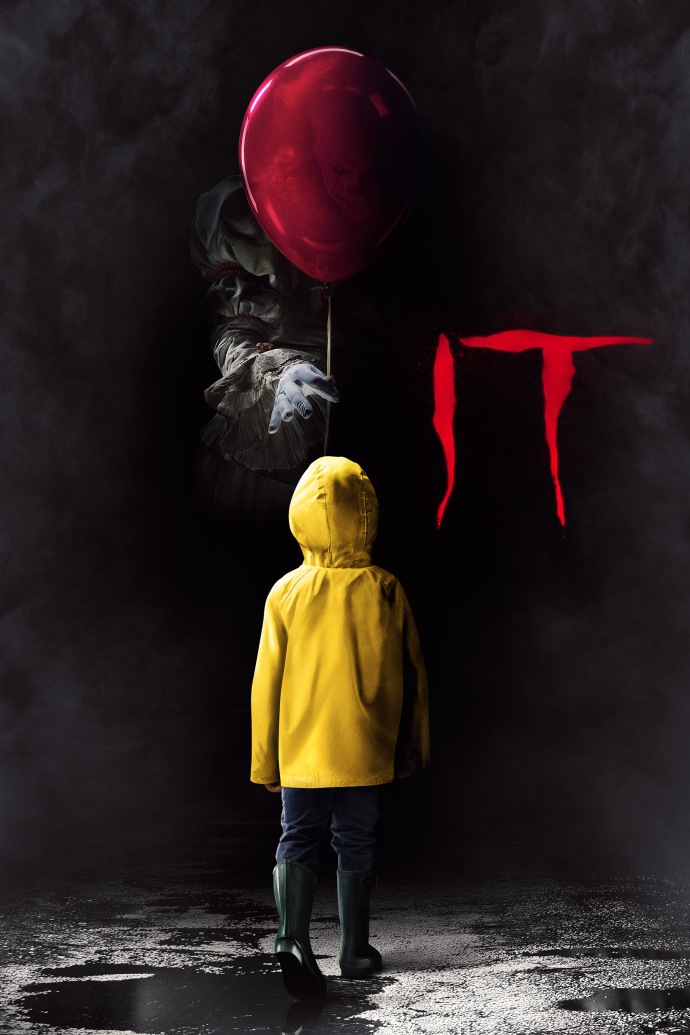During filming, I didn’t feel like I could contribute much, although I filmed a couple of shots, I was pretty much useless. The only thing I seemed to be able to manage was to accidentally appear in the background of some of the shots, which wasn’t exactly favourable.
One member of the group was much more confident and experienced than the rest of us, so the majority of the direction and camera work was done by them, while the rest of us just kind of lingered around not doing much.
On one occasion we were filming in a multistorey carpark, which would be edited to make it seem as if it were part of the college roof, but where we were filming had a roof above us, but on top of the college was roofless, so I suggested that we should film on the top floor of the carpark instead so that it would be believable that the two different locations were the same place, but the rest of the group didn’t think it was a problem, and because I wasn’t confident enough to argue my point I let it slide. Later we realised that some of the shots were unusable because of the problem I had brought up.
So to remedy all of this on future projects, I need to always know exactly where the camera is going to be pointed so that I’m not constantly in the way. I need to make sure that I am actively contributing to the filming by doing more camera work, direction, mise-en-scene etc. I also need to be more confident when I speak up, and I need to stay firm to what I think.
But during the editing, I felt much better because I had much more freedom to do what I wanted, and I had a lot of fun editing it together and finding music that would work well with it. The majority of the editing was done by me because I and the other editor left the editing kinda late, and the only way we would be able to submit it on time is if I edited it alone. Although I much more enjoyed editing it alone than with someone else, I felt like it should have been a collaborative effort and was unfair for the other person. So when it comes to editing next time, I need to be more conscious of my time management and make sure that the other editor/s are as involved as I am.
I’m pretty proud of the actual edit though, I think that each character having a different soundtrack made for an interesting effect. But oh boy there are so many things I would change in hindsight.
This was the first time I edited something that had multiple characters doing things simultaneously, so it didn’t occur to me that I should show the everything as it happened in accordance with the timeline of events, instead of jumping back to a couple minutes in the past at the end of the scene where the phone rings.
I also should have severely cut down the shots and even taken some of them out completely to speed up the film and give it more energy. Whenever I rewatch it, I sometimes find myself waiting for the shot to end, because it drags on and on, whereas, on an ideal film the audience shouldn’t be made aware of where the cuts are, otherwise it ruins the illusion of reality.
Throughout the edit there is hardly and ambience or foley, so on the few occasions that I did, it was a jarring shock that broke the melodic noir atmosphere, like when Dia is talking on the phone in the street. To fix this, I wish that I had remembered the existence of subtitles.
The last self-criticism I have is that I left writing this evaluation really late, which I aim to not repeat when it comes to writing it next time.
I feel like I have learnt a lot from this project, and I hope that I’ll be better at everything next time.










